|
Our Hakka gongfu training requires the carrying of heavyweights upon our backs. This represents the hilly terrain the Hakka people lived within throughout the New Territories, Hong Kong. Hakka Clan villages, especially by the 20th century, were often re-constructed upon the top of various hills situated in prominent good (feng shui) positions. The bones must be kept strong for building good health and ensuring longevity. Strong bones allow the bodyweight to drop down through the centre of the bone-marrow into the floor (creating a strong 'root') - and facilitates the rebounding force which is distributed (throughout the skeletal-system) to the striking part of the anatomy - be it a hand, foot, elbow, knee, fore-head or torso, etc. The Hakka people moved into the Guangdong area (that became the 'New Territories' under the British in the 1890s) in the mid-1600s - following the Manchurian invasion of China (which established the foreign 'Qing Dynasty' during 1644 CE). Our 'Chan' (陳) Clan (pronounced 'Chin' in the Hakka language and 'Chan' in the Cantonese language) originally settled at the base of a hill near the coast in the Sai Kung area. I think we probably originated somewhere in Henan province (like many other Hakka Clans that I have investigated). Younger people often carried older relatives on their backs (as part of the required filial piety) up and down the hills - to and from various areas. Chinese families reflect the government and vice versa. One reflects the other whilst the notion of Confucian 'respect' permeates the entire structure. This is true regardless of political system, era, religion or cultural orientation. Many Daoists and Buddhists are Vegetarian - because they respect animals and the environment. When working as farmers - Hakka people carried tools, goods and the products of harvests on their backs between long hours working in the rice fields with the Water Buffalos. The continuous repetition of hand and foot movements - and the standing postures for long hours in the wind and rain - condition the mind and body for genuine Hakka gongfu training. Although there is an 'Iron Ox' gongfu Style (different to our own) - the spirit of the Ox pervades all aspects of the Hakka gongfu styles! Even so, our Hakka Style embodies the spirit of the Bear! We can fighting crouching low - or stand high giving the impression that we are bigger than we actually are! Our developed musculature is like the Ox and the Bear in that it is large, rounded and tough! We can take a beating and still manifest our gongfu Style with ease! We do not go quietly into that dark night! The above video shows Hakka people de-husking rise - with the standing person practicing 'Free Stance, rootedness and knee-striking, etc, and the crouching person showing a low Horse Stance and position for 'Squat-Kicking', etc, whilst demonstrating dextrous hand movements often found in gongfu Forms. Of course, not all Hakka Styles are the same and there is much diversity throughout the Name Clans. Our Chan gongfu is Military-related and can be traced to the Qin Dynasty (221–206 BCE). I think there used to be a State Gongfu Manual (since lost) issued by the Qin Dynasty as part of the process of turning every village, town and city into a 'Barracks'. Guiding the ploughs through the water and mud at the back of the Water Buffalos reflected the leg, arm and torso positions found within the Hakka gongfu. How the Hakka farmers stood still, stepped forward and back - side to side, tensed and relaxed their muscles, used their eyes and ears, and produced power and learned to give-way - all manifested in the various Hakka gongfu Styles. On Occasion, the Ox is given the day-off and the local people take to 'pulling the plough'! Our Hakka Gongfu is 'Longfist' based. Whereas many Hakka Clans - following our defeat at the end of the Punti-Hakka Clan Wars (1854-1867 CE) - Hakka people were ethnically cleansed into small areas of Guangdong province. Around 20 million people had died in this terrible war (which included the separate but related Taiping Rebellion - a Hakka-led war - fought for different reasons). The original 'Northern' Hakka Styles were persecuted and viewed as the vehicle through which the Hakka people had made war in the South of China (the area they had migrated into). The Hakka are patriotic Han Chinese migrants who fled the foreign invasion of Northern China - but who were not wanted or welcome within Southern China. Since the 1949 Revolution - things are very different today in China - as Hakka and non-Hakka now live side by side in harmony. When the various Hakka Clans 'shortened' the arm and leg movements of their gongfu Styles - to make these arts seem 'Cantonese' in origin - our Hakka Clan lived in a relatively remote area of South East Guangdong province and refused to do this. We practiced our 'Northern' Longfist martial arts in isolation and hid our gongfu in Temples grounds, behind walls and by practicing at night. Master Chan Tin Sang (1924-1993) fought and killed Imperial Japanese soldiers in the New Territories between 1941-1945 using our Hakka gongfu. Around 10,000 Hakka men, women and children were killed in this war fighting the modern Japanese soldiers using bare-hands and feet - and traditional weaponry. Many of our relatives were killed during this time. Master Chan Tin Sang came to the UK in 1956 - as a British Subject - to work for a better life, not because China is a bad place (it is not), but because life in the New Territories under British rule was continuously impoverished. Master Chan Tin Sang worked hard for 10-years before he earned enough money to bring his wife and two daughters to the UK (in 1966) - also as British Subjects. My Chinese relatives were NOT economic migrants, Asylum Seekers, or Refugees. My Chinese relatives do not follow Cults and are free-thinking individuals who are proud to be 'British' whilst supporting Mainland China's right to self-determinate - just like any Western country.
0 Comments
Japanese Karate-Do (General) - 'Mawashi-Uke' (廻し受け): Mawa (廻) = rotation, turning, rounded and circular, shi (し) = four-corners, all-areas and comprensive-cover U (受) = receive, meet, accept and stoically bear (suffer) Ke (け) = stratagem, plan, calculation and measure Okinawan Goju Ryu Karate-Do - 'Toro Gushi-Uke' (虎口受け): Toro Gushi (虎口) = literally 'Tiger-Mouth' envelopes the enemy - and closes inward from all-sides at once U (受) = receive, meet, accept and stoically bear (suffer) Ke (け) = stratagem, plan, calculation and measure Southern China Gongfu Equivalent: Double Butterfly Open-Palm = 双蝶掌 (Shuang Die Zhang) Okinawan Goju-Ryu 'condenses' many of these Southern Gongfu Movements for efficiency. Long stances are shortened whilst reaching arm-movements are brought closer to the body (perhaps adapted for practitioners spending long periods on boats). Many Hakka Gongfu Styles originating in the North progressed through this adaptation process in South China. Our Family Style did not - but virtually all the Clan Styles around our village did. Tora - Tiger - can also be pronounced 'Koko'. In Fujian this can be 'Ho Kho'. Sometimes, despite the literal interpretation of 'Tiger Mouth' - it is used in Chinese and Japanese texts to mean 'Jaws of Death! The Chinese text states that Goju Ryu is a genuine transmission of 'Nan Quan' (Southern Fist). 攻防一体虎口廻受 Attack and defence are integrated - the open tiger's mouth simultaneously envelopes and traps.
I was introduced to these movements in my youth - as a foundation to learning 'Old' (Yang) Taijiquan! In those days traditional training from a Chinese teacher was never questioned. The onus was on 'secrecy' - as if no one else possessed the knowledge just shared (today, the emphasis in China is upon an open sharing). I was told that the outer bodily positions-structures guided the qi energy with greater force into (and through) the five sets of corresponding inner organs thus strengthening and purifying them. These exercises are established upon the theory of the 'Five Phases' (五行 - Wu Xing) - first found in the 'Classic of History' (書經 - Shu Jing) - probably linked to the five planets visible to the naked-eye of the ancient civilisations: Animal Organ Tiger Liver-Gall Bladder Deer Kidneys-Bladder Bear Spleen-Stomach Monkey Heart-Small Intestine Crane Lung-Large Intestine As the 'Bear' is the central animal influence of our gongfu family style - this practice was seen as establishing (and enhancing) the rooted and central stability (and strength) this animal represents (the 'spirit' of the bear involves the practitioner suddenly standing-up and appearing much bigger and over-powering). According to the English language Wiki-page - this 'Five Animal Interplay' exercise is linked to the development of Hung Gar and Fujian White Crane (Bak Hok)! The way I was taught this exercise involved 'morning' practice (yin moving to yang) and 'evening' practice (yang moving to yin) - with the movements staying the same. Unlike the 'connected' flow shown in the above video (a different style or method) - I was taught 'single' structure exercises that started with feet shoulder-width apart and hands by my sides. After assuming and holding the required position - the structure was completely dropped away back to the 'ready' (neutral) position - in preparation for assuming the next (different) position. I was taught that all these five movements exist implicitly in the Taijiquan Form - and so eventually I was no longer required to practice them separately.
In the aftermath of the Xiamen “Chopping” incident – the victim Shi Jiaming (石佳明) is NOT dead – and thanks to advanced Chinese medical care and world-class surgery, his hand has been carefully re-attached and he is well in hospital! 1. Reviewing the “Chopping” Incident! On May 23rd, 2023, an astonishing “chopping” incident occurred on a college campus situated in the Xiang'an District area of Xiamen City, Fujian province (a place world renowned for its martial arts culture). Shi Jiaming - a Douyin ‘Influencer’ - was holding an outdoor “live” broadcast together with another well-known internet celebrity named ‘Ye Jianan’ (叶建安) when he was suddenly attacked by a man in black wielding a bladed weapon (Police photographs suggest the weapon used was a ‘Wakizashi’ - or traditional Japanese ‘Short-Sword’ usually worn with the ‘Katana’ or Japanese ‘Long-Sword’). During the fray - Shi Jiaming's left hand was cut off - whilst he and Ye Jian'an quickly fled the area – running for their lives! After the incident, the Police quickly apprehended the potential murderer – whose surname is ‘Luo’ (罗) - and sent the injured Shi Jiaming to the hospital for treatment. It is reported that the cause of the incident was a quarrel between Luo and Ye Jianan. Luo is from Sanming City, Fujian Province. He used to find a sense of ‘presence’ and ‘well-being’ in Ye Jianan's live broadcast chatroom - but was recently ridiculed and insulted by Ye Jianan. Feeling resentful - Luo took a bus from Sanming City to Xiamen and waited in ambush outside the college cafe. As Luo did not know who Shi Jiaming was – he mistook him for Ye Jianan's accomplice (and bodyguard) – and so attacked him! There were rumours on the Internet that Shi Jiaming could not be saved and had died. Obviously, these false ideas are not true. 2. The Hand Was “Surgically” Re-Attached! Fortunately, Shi Jiaming did not die due to excessive blood loss as falsely speculated by a number of people online. After emergency treatment by doctors - his severed hand was successfully re-attached, reset and fixed. The doctors stated that the cut was so ‘clean’ and ‘exact’ that it was easier to repair than if the cut had been haphazard or ‘jagged’ due to inexperience. This suggests Luo has had considerable martial arts experience with ‘foreign’ bladed weapons. Currently, Shi Jiaming is out of danger and is recovering. According to the doctor, if there are no complications (such as infection or rejection after the operation), he has a good chance of recovering all his hand function. Netizens expressed shock and outrage at the incident. Some people condemned Luo's cruelty and unreasonableness, some sympathized with Shi Jiaming's experience and loss, whilst others criticized Ye Jian'an irresponsibility and apparent cowardice in the face of danger. Some people also called for strengthening Internet usage regulations and legal education to prevent similar tragedies from happening again. Chinese Language Article: 厦门砍人事件后续,石佳明没有死,手已经接上,人在医院安好 2023-05-25 22:42
一、事件回顾 5月23日,一起惊人的砍人事件发生在厦门翔安区某学院内。一名抖音网红石佳明正在和另一名网红叶建安进行户外直播时,突然遭到一名持刀的黑衣男子袭击。 石佳明的左手被砍断,和叶建安夺路而逃。事发后,警方迅速出动,将凶手罗某抓获,并将受伤的石佳明送往医院救治。 据悉,这起事件的原因是罗某和叶建安之间的口角矛盾。罗某是福建三明市的人,曾在叶建安的直播间中找存在感,却遭到了叶建安的嘲讽和辱骂。罗某心生怨恨,从三明市乘车来到厦门,在学院咖啡厅外埋伏等待机会。由于不认识石佳明,罗某将他误认为是叶建安的同伙,便对他下了毒手。 有网络谣言说石佳明救不回了,已经死亡。 二、手已经接上 幸运的是,石佳明并没有因为失血过多而死亡。经过医生的紧急抢救,他的断手被成功接上,并进行了复位和固定。 目前,他已经脱离了生命危险,正在恢复期。据医生介绍,如果术后没有感染或排异等并发症,他有很大可能恢复手部功能。 对于这起事件,网友们纷纷表示震惊和愤慨。有人谴责罗某的残忍和无理,有人同情石佳明的遭遇和损失,有人批评叶建安的逃跑和不负责任。也有人呼吁加强网络文明和法制教育,避免类似的悲剧再次发生。 Thanks Tony!
What you say about Miyagi Chojun's attitude toward 'Bunkai' is typical of traditional Chinese gongfu. Many Masters will know one or two 'favourite' applications of the various Form moves - but will always teach that each Form movement has hundreds (or more) applications that should not (and cannot) be limited to a single interpretation. This being the case, where does the concept of 'Bunkai' come from within Karate-Do? Certainly, there are old photographs of Goju Ryu 'Disciples' in Okinawa applying Kata movements as self-defence - quite often as Miyagi Chojun is looking on. As far as Southern Chinese gongfu concepts are concerned - I am not familiar with the term '分解' (Fen Jie) - which in Cantonese is pronounced 'Fan Gaai' and in Hakka 'Fun Ge'. However, there are some dialects of Hakka (not that spoken in my family - but in villages further North) - which pronounce '分解' as 'Bun Kiai'. Within the Fujian dialect - '分解' is pronounced 'Hun Kai' or 'Pun Ke', etc. This seems to morph quite naturally into the Okinawan-Japanese 'Bun Kai' - and would suggest the concept spread (linguistically) from South China to Okinawa. Of course, this might not be the case and could suggest the experience was developed in Okinawa (as part of the transmission process) and 'reflected' in the adoption of appropriate sounding 'Chinese' terms. I would agree fully with Miyagi Chojun - as I teach our family gongfu in just that way. Yes - if asked I can easily explain the purpose behind this or that movement - but it is only through 'practicing' each movement until the human awareness and perception penetrates its fully and its multitudinous (and 'empty') essence is found - that the 'movement' itself is totally comprehended. I was always taught that the ability to sit for long periods of time in cross-legged meditation is the highest expression of all gongfu Forms. On the other hand, a 'Master Chan' in Malaysia (a 'relative') focused all his life on perfecting just one Form movement - which involves the grabbing hold of a single (attacking) front-kicking leg - and 'breaking' that leg around the 'knee-joint'. He would apply a downward fore-arm (elbow) strike (whilst shifting into a back stance) across bamboo sticks thrust at him by students until one, two or three sticks could be easily broken! Whilst sparring, he would attempt to 'goad' an opponent into 'kicking' whilst skilfully avoiding all over incoming blows. Needless to say, the jungles of Malaysia had a number of permanently 'limping' former opponents! Thanks My ongoing research in this area suggests that the following transmission (and integration) of the Fujian White Crane Fist concept of 'Crane Hand' - which was spread to Okinawa during the 20th century by one 'Go Genki' - is very likely to correct. Kaku no Te = 鶴の手 (Crane Type Open-Hand) Kaku Te = 鶴手 (Crane Hand) Transition = か手 (Kaku Te) - 'Crane Hand' Kakie = カキエ (Sticky-Hands) Kaku = 鶴 (he4) - 'Crane' (Chinese Ideogram) Kaku = か (Japanese Katakana & Hiragana) - 'Crane' No = の (Japanese) Disposed of - 'Pertainng to' Chinese Kaku (鶴) Transformed into Japanese 'Ka-Ki' (カキ) Chinese 手 (shou3) - 'Open-Hand' - Transitioned into Japanese as 'E' (or sometimes 'Ye') 'エ' Japanese language dictionaries often describe these Katakana and Hiragana characters 'Kakie' (カキエ) as 'Old Japanese' ideograms derived during the Heian Period and used to transliterate 'foreign' terms. The term 'foreign' here refers not only to 'Chinese' language concepts and terms in general - but specifically includes the transliteration into the Japanese language of 'Southern Min' or Fujian Dialect concepts and terms. This being the case, the following line of linguistic evolution should be correct: Original Chinese: Crane Open-Hand = 鶴手 (He Shou) - Referred to in the Fujian Dialect as 'Hok Siu') Chinese-Japanese = 鶴の手 (Kaku no Te) - Arrival in Ryukyu Shortened Chinese-Japanese = 鶴手 (Kaku Te) - Transliteration into Spoken Japanese Transition into Japanese Characters = カキエ (Kakie) Therefore, given this logical progression of adaptation and linguistic progression the following must be correct: Kaku no Te (鶴の手) - 'Crane Type Open-Hand' = Kakie (カキエ) - 'Sticky-Hands'. The contemporary term 'Kakie' is a Japanese modification of the Chinese (Putonghua) term 'He Shou' (or 'Hok Siu' in the Fujian dialect) literally meaning 'Crane Open-Hand'. Although this Japanese rendering has evolved away from the original Chinese title, it has only done so in a lateral fashion (from 'noun' to 'verb' so-to-speak) as the term 'Kakie' now describes the 'transmitted' interactive practice of the Goju Ryu Karate-Do technique known as 'Sticky-Hands' - rather than by its literal (or theoretical) origination (i. e. a 'Crane'). It is interesting that despite this shift in conceptual emphasis, the term 'Kakie' does still retain a connection to the original Chinese title - with 'Kaki' having an obvious connection to 'Kaku' - the latter being a well-known Japanese term for 'Crane'.
The Chinese language texts says that Paleolithic cultural remains have been found dating between 800,000-500,000 years ago in the area that is now known as 'Fujian'. The area was known about and mentioned during the Xia, Shang and Zhou Dynasties, the Warring States Period and the Qin Dynasty, etc, all a longtime prior to the collapse of the Han Dynasty - even if it remained 'outside' of direct Chinese control. From what I can see, various non-Chinese 'Kings' loyal to the Chinese Court were recognised as controlling this region from the Zhou Dynasty onwards.
Before the settlement of the 'Han' people - the indigenous population of Fujian were categorised as being a branch of the '百越' (Bai Yue). These were the numerous non-Chinese tribes that lived South of the Yangtze River and North of what is today Vietnam. The term 'Bai Yue' (百越) means 'One Hundred - Snake'. The designation of 'One Hundred' (百 - Bai) refers to the apparent high number of these tribes - whilst 'Snake' (越 - Yue) indicates that these tribes were united around the habit of worshipping 'Snakes'. A branch of these 'Bai Yue' tribes was also referred to as the '粵' (also pronounced 'Yue') - meaning 'Generous' - these people migrated into the geographical area now known as 'Vietnam' with their current name being derived from the term 'Yuet' (Viet) migrating 'South' (Nam). Obviously, not all One Hundred of these tribes lived in Fujian and early on in history the number living in Fujian was set at 'seven' - meaning these people were called '七闽' (Qi Min) - although today the full name is '八闽' (Ba Min) or 'Eight Min' usually shortened to just 'Min' (闽). The ideogram '闽' (Min) seems to be a simplified version of '閩' (Min). This is the same ideogram used to describe the 'Min' River which flows through Fujian province. The general assumption is that these Eight non-Chinese tribes are named after this River. What does the Upper and Lower Particles of this ideogram tell us? a) Upper Particle = 門 (men2) - Gate, Doorway and Entrance b) Lower Particle = 虫 (hui3) - Snake, bug and animal Perhaps the Min River was viewed as a 'Gateway to Snakes' - as Fujian province used to be filled with Malarial swamps! Meanwhile, the name 'Fujian' first appeared in the year 733 CE during the 21st year of the reign of the Tang Dynasty Emperor - Kai Yuan (开元). This emperor bestowed this name when he created a special economic zone through which people could interact. As you can see by comparing the work of Mark Edward Lewis with Chinese language historical texts - he is correct in his assessments - but there is much that he misses out. He conveys the false assumption that Fujian was not part of China - it was part of the Chinese world view (as can be seen from the above historical data) but it formed a 'different' part. Someone Chinese has told me that there are different dialects of Min and that the one I have heard is probably related to incomers from the North - which is 'different' to other older Min dialects. After looking at this history - I would agree - although the Northern variant remains the dominant version! One last point is that Fujian is also known to be very mountainous and full of hilly terrain. The valleys were probably river beds until drained - causing sloping territory. There is the riding of narrow boats (the 'high' horse stance) and then there is the need to carry heavy weights up and down the hills. All this, together with farming, all probably influenced the development of local martial arts. Dear Tony
I have been studying rather 'involved' Chinese language texts regarding the DNA distribution of populations throughout China - focusing on the Fujian area. I have carefully read through and translated the following academic text(s) - word-for-word - so that the data is accurate and can be used for academic reference. Modern Chinese geneticists tend to seek Western verification of their findings so that a joint consensus can be built. The following extract is revealing: "Molecular biological research has discovered that some 3,000-2,000 years ago the ancient population of Taiwan possessed a close genetic relationship to the following two populations of Mainland China: a) The Zhuang-Dong (壮侗) speaking population. b) The Austronesians (南岛语 - Nan Dao Yu) - genetically constructed through the 'mixing' of (non-Chinese) Northern agricultural people. The genetic ancestors of these two groups expanded southward, spreading Austronesian and Zhuang-Dong linguistic and genetic markers amongst the Austro-Asiatic populations they encountered.” Furthermore, Zhang Huqin (张虎勤) told reporters that Peter Bellwood’s research has also accurately charted this genetic expansion from South China, through Taiwan and onward toward the island populations of Oceania. These ancient people originated in what is today the 'Fujian' province of Southeast China around 5,000 years ago. They spread to Taiwan (and nearby islands) between 5,000-3,000 years ago and then onwards to the Pacific Islands around 3,000-1,000 years.' '“分子生物学研究发现3000—2000年前台湾地区的古人与大陆壮侗语人群有紧密的遗传关系,南岛语人群形成过程中还受到来自北方农业人群的基因混合影响,南岛和壮侗的祖先人群向南扩张,传播南岛语和壮侗语,并对南亚语人群有遗传贡献。”张虎勤告诉记者,Peter Bellwood研究发现了“南岛语”从华南的台湾到大洋洲扩张路线,即距今5000年以前从以闽台为中心的中国东南海岸出发,5000—3000年间扩张到南海海域的东南亚群岛,3000—1000年间传播到太平洋群岛。' Reference: [China Social Sciences Network] Ancient DNA technology analyses the reproduction and migration of Chinese civilization - Interview with Professor Zhang Huqin, School of Life Science and Technology, Xi'an Jiaotong University - Source: Jiaotong University News Date : 2022-10-06 As for three (3) genetic haplogroups that comprise the majority (90%) of the modern Fujian population (with the other 10% being closely genetically related despite diverse cultural differences) - I have discovered the following data from work carried-out at Fudan University: 1) O-M119 - Yi-Yue (夷越) Group - linked to the 'Dong-Yi' (东夷) and 'Bai-Yue' (百越) ethnic groups. 2) O-M268 - Miao-Man (苗蛮) Group - linked to 'Nannan' (南蛮) and 'Miao-Yao' (苗瑶) ethnic groups. 3) O-M122 - Han-Cang (汉藏) Sino-Tibetan Group - linked to the 'Hua-Xia' (华夏), the 'Cang' (藏) Tibetan and the 'Qiang' (羌). '根据复旦大学分子人类学的研究成果,在中国大地上,大概可以分成三个主要的族群,他们都是中国人乃至东亚人的主要构成基因,分别为夷越集团的O1(东夷和百越,O-M119)、苗蛮集团的O2(南蛮和苗瑶,O-M268)和汉藏集团的O3(华夏和藏、羌等,O-M122)。这三支几乎占到了现有汉族的九成以上,甚至西南、东南的少数民族也是如此,可以说是中华民族的基因共源(如独龙族O3占到100%,部分高山族O1占到100%)。' Reference: Where did the Fujianese's Minyue genes go? Incidentally, the 'Chinese' (Hakka) genes I carry are linked to the 'Qiang' ethnic group (the Tibetan presence in Fujian might explain why Tibetan gongfu is said to be practiced in the area. The Tibetans invaded larges swathes of Southern and Western China around 1,000 years ago and presumably spread out from there). My partner's ethnic Chinese genes (Hakka) are linked to the Evenk people of Siberia. Culture and language link groups of people together despite their DNA sometimes being vastly different! All genetic studies state that Fujian was substantially and permanently settled 'North to South' - but that other (smaller populations) of people traversed into the area from the West and East as well as by boat from the South - many 'sharing' the same genes as those calling themselves the 'Chinese'. As these populations were unstable - they often never survived or moved on to other areas, etc. Thanks Adrian The funny thing is that component movements of the Islamic martial art of 'Chaquan' looks identical to our 'Hakka' Longfist Style - even down to the applications - but Longfist is generic and certainly not rare! It comprises hundreds (or thousands) of Northern Styles and is common-place (it has even penetrated a number of Southern Styles). We all approach these movements from our different lineage perspectives - but all traditions use the 'external', 'Internal' and 'Integrated' aspects of ancient Chinese science. My research suggests that the Qin Dynasty (221-206 BCE) instigated a country-wide martial culture - probably through a specially constructed manual comprised of illustrations and basic directions. As the Qin Emperor expanded the model of the Qin State (originally situated in Northwest China) across the whole of the conquered territories of what is today considered 'China' (which excluded at the time the swamp-infested area of what is now Fujian province) - this 'unity' of culture spread over a massive geographical area and converted every village into a military barracks - and ordered that every local man, women and child became a 'soldier' serving the Qin State whilst having to train in a standardised martial art (both 'armed' and 'unarmed'). This makes Longfist over two-thousand years old - and pre-existing the arrival of Muslims in China by about 1,200 years! The Arab merchants constructed their Chaquan version of Longfist from what they saw around them in the areas of China they had settled within (possibly acquired from the families of the Chinese women they married). Of course, this specialised Longfist was then taught to non-Muslim Chinese people (for various reasons) over-time - so that today Chaquan is practiced by millions of ethnic Han people - as well as Hui Chinese-Muslims. Hakka gongfu is typically 'Confucian' with Buddhist and Daoist overtones. There are theories, however, that suggest the 'Qin' and 'Han' Dynasties may have been 'Hakka' - that is founded by displaced peoples who originally lived on the edges of geographical Northern China (before migrating Southward) and which had developed cultures that mixed 'Han' and 'non-Han' (Barbarian) cultural elements together. This history is disputed, but certainly DNA studies have linked (modern) Hakka women living within South China with (Evenk) women living today in Siberia. Certainly, our Spear Forms were originally practiced (in-part) whilst riding a Steppe pony and gripping and steering the animal with the legs - whilst keeping the hands free to wield the spear from one side to the other without striking the animal's head. Later, when ponies were nolonger available - the 'Horse Stance' was developed to take their place in training. The 'Horse Stance' used to prepare the practitioner by building the lower-body strength for riding a Steppe pony through 'holding' the stance for long periods of time. Today, most practitioners use this method for strength-building - but have no knowledge of the historical development behind its structure.
Dear Tony The Chinese language description states that Seisan Kata derives from a 'Form' found within the 'Incense Shop Fist' (香店拳 - Xiang Dian Quan) Style. Xiangdian is a district in Fuzhou City, Fujian province. This is one of the thousands of lineages completely uneffected by the political changes in China - and which has been falsely recorded in the West as 'being wiped out', etc. This is the Chinese language encyclopaedia page: '香店拳源于清乾隆年间。南少林武僧智远为报香店人救命之恩,在此密传罗汉拳,隐名为“香店拳”。后经香店历代拳师吸取各派精华,形成了独特的香店拳,并流传于海内外。 [4] 香店拳是内外合一、硬气功兼练的技法拳种,分上、中、下三盘,善于短打近攻。武术套路有硬三战、三战等十多种套路,甚为独特。' 'Incense Shop Fist (香店拳 - Xiang Dian Quan) originated during the Qianlong period of the Qing Dynasty (1735-1796). The Southern Shaolin Temple Warrior-Monk named 'Zhiyuan' (智远) - in order to save the lives of the people living in the 'Xiangdian' area of Fuzhou City - secretly conveyed to them the techniques retained within the Shaolin gongfu Style known as Luohan Fist (罗汉拳 - Luo Han Quan). As he wanted to keep this interaction 'secret' - Zhiyuan referred to this Style as being called 'Xiangdian Fist' - giving the impression it was a local form of fighting already known by the people. As time progressed, however, Zhiyuan integrated (and absorbed) the essence of many other (different) gongfu arts and slowly the 'Xiangdian Fist' started to evolve - becoming very different from Luohan Fist. The effectiveness of this Style became famous and it was spread throughout China and abroad. Xiangdian Fist incorporates the unity of the 'internal' and 'external' (内外合一 - Nei Wai He Ye) and 'firm' qigong (硬气功 - Ying Qi Gong), etc. All this ability is manifested simultaneously in the mind and body of an advanced practitioner. The opponent is peppered with close-in and short-range (very powerful) techniques delivered to the continuously varying heights of high, middle and low. There are at least ten different and unique 'Forms' - including a 'firm' (hard) version of 'San Zhan' (三战) or 'Three Battles'.' A well-known Xiangdian Fist Master today is 'Yan Mengyong' (严孟永) [b. 1950] who started training with his uncle - Fang Ligui (房利贵) - in 1968. In November 1978, he was invited to participate in the First Wushu Observation and Performance Conference in Fujian Province with his master - Fang Ligui - and won an award. Since then, Master Yan Mengyong has taught Disciples from all over China - with his gongfu spreading to Hong Kong, Singapore, the United States - as well as many other places!
|
AuthorShifu Adrian Chan-Wyles (b. 1967) - Lineage (Generational) Inheritor of the Ch'an Dao Hakka Gongfu System. |
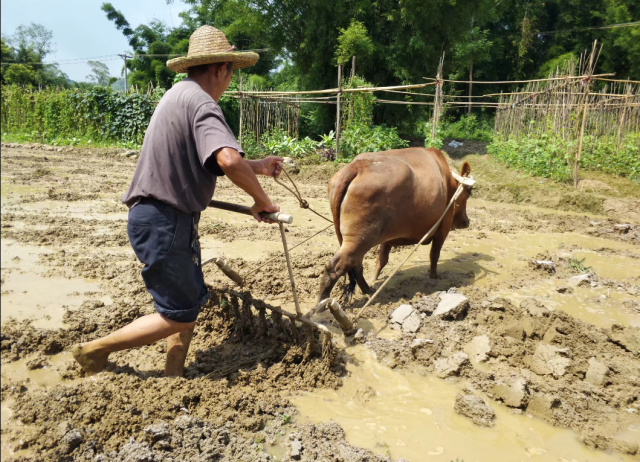
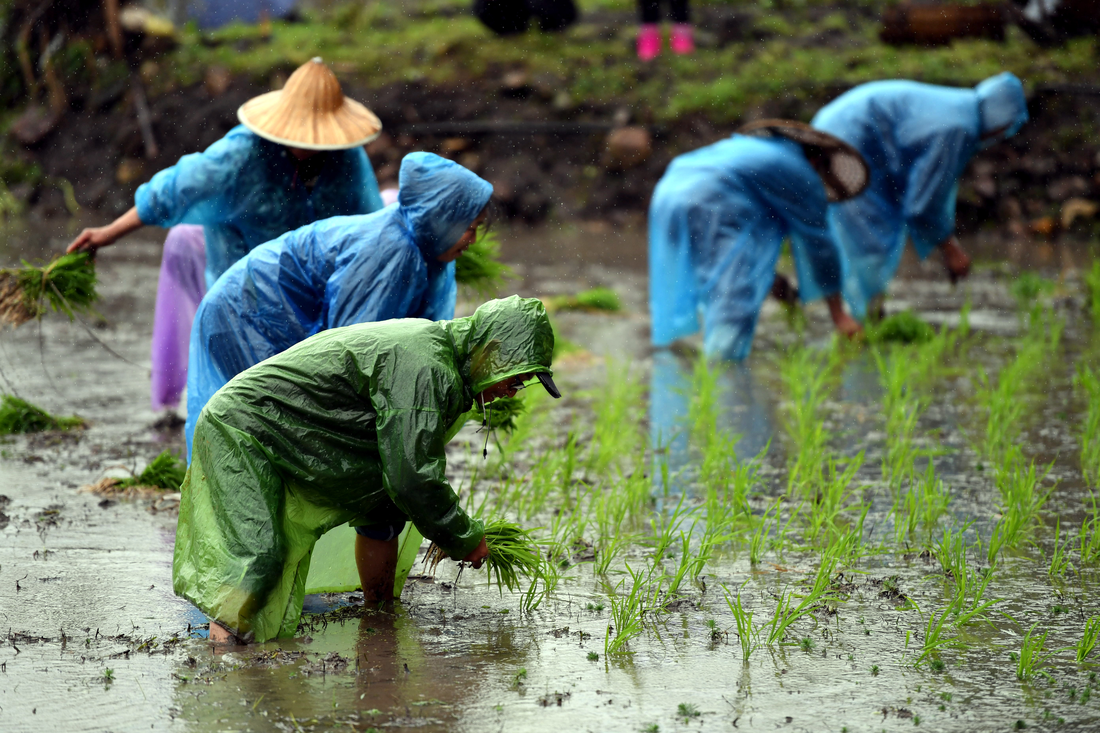
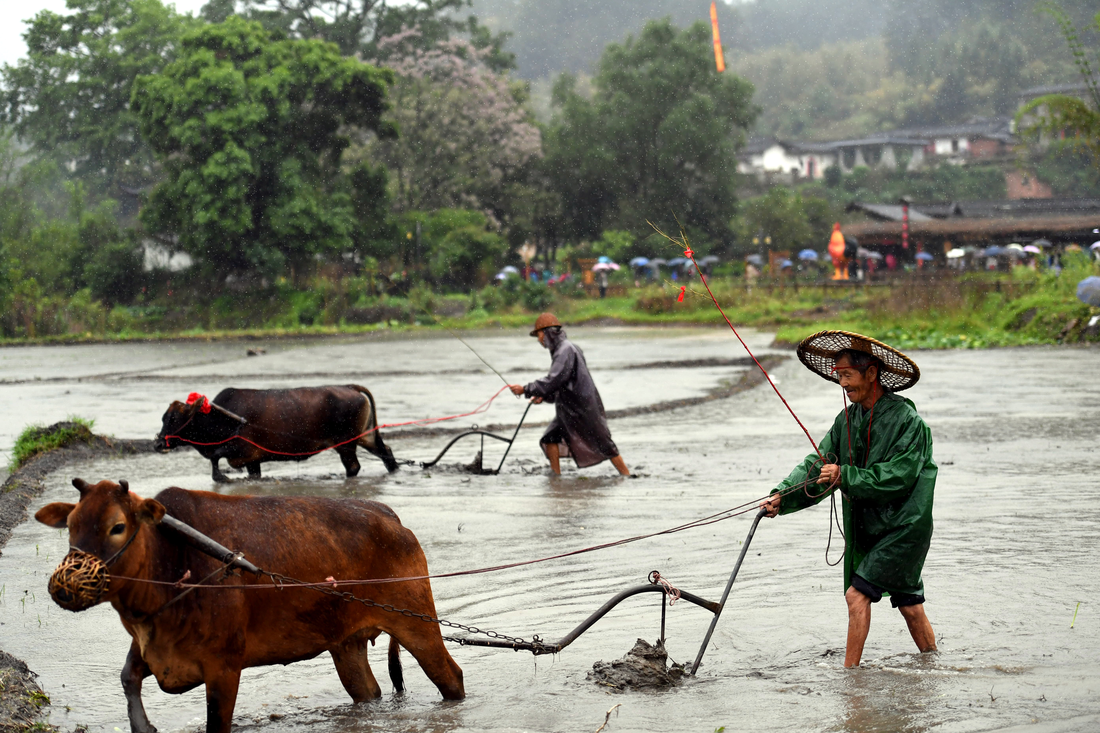
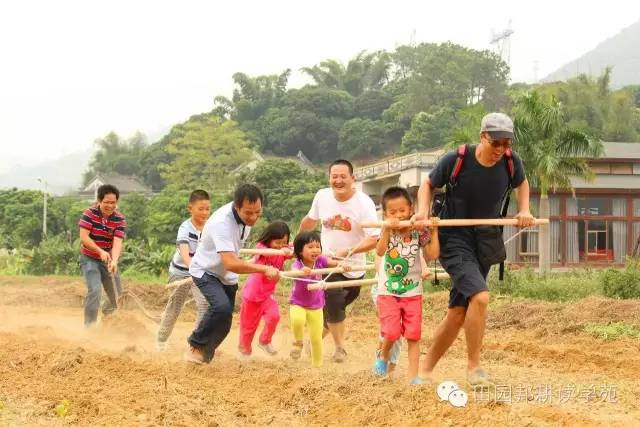
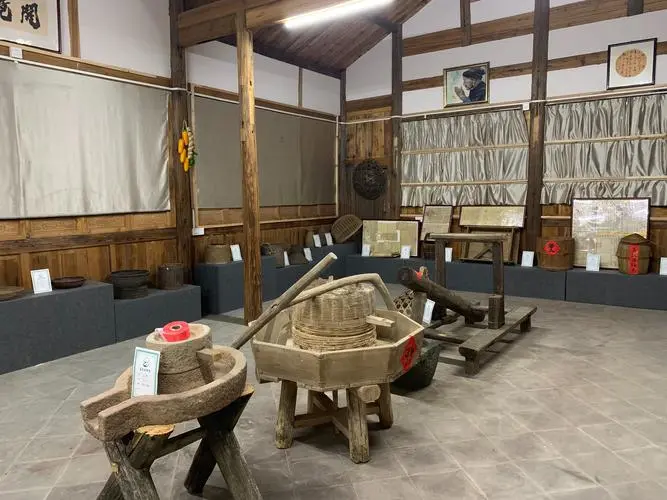
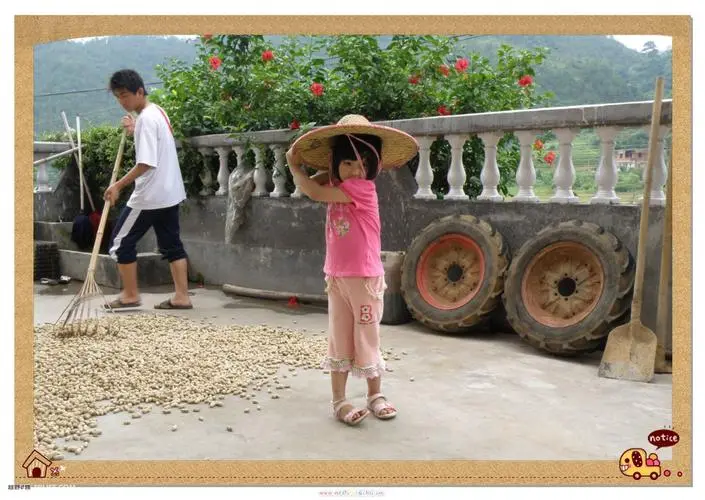
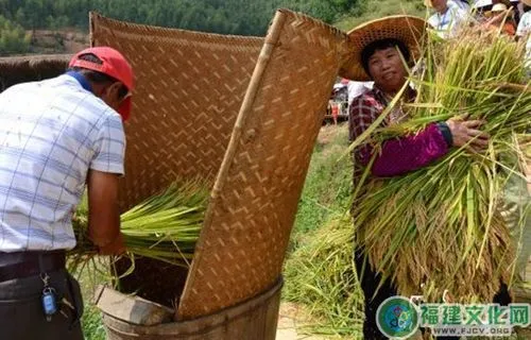
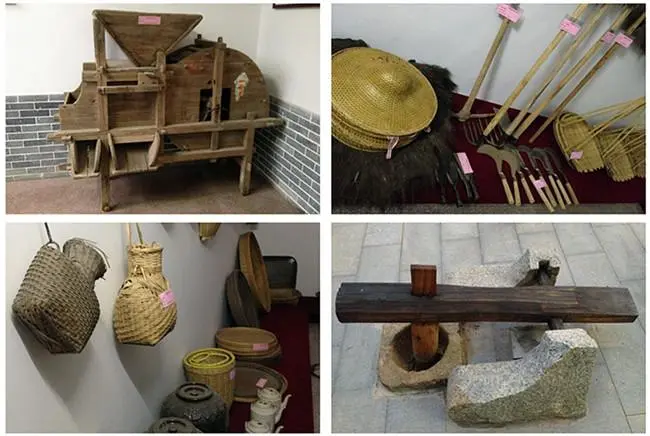
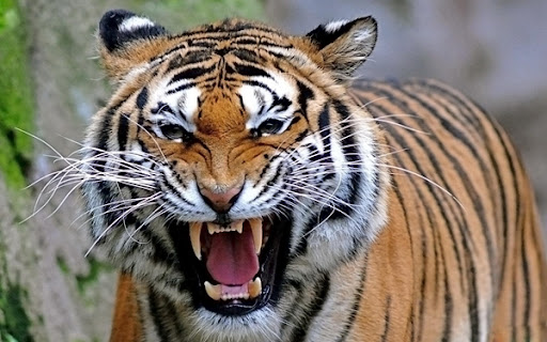
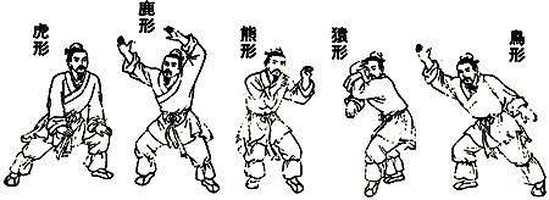
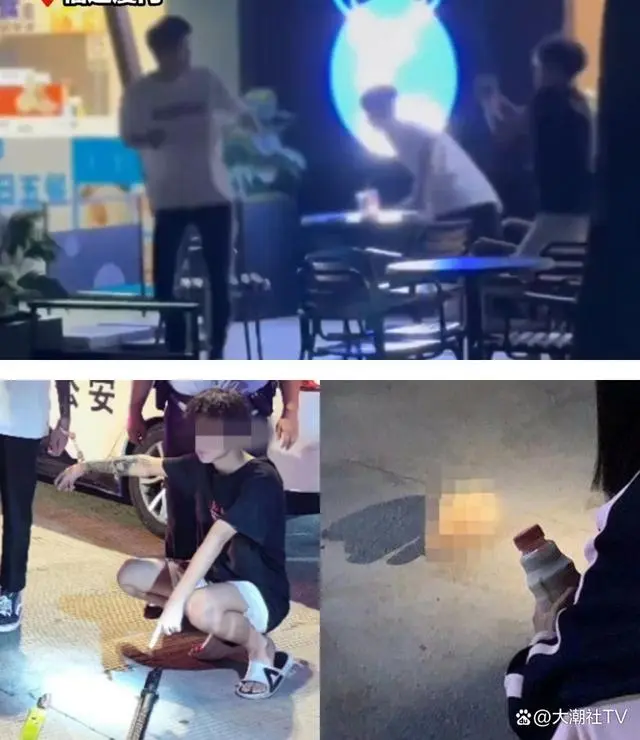
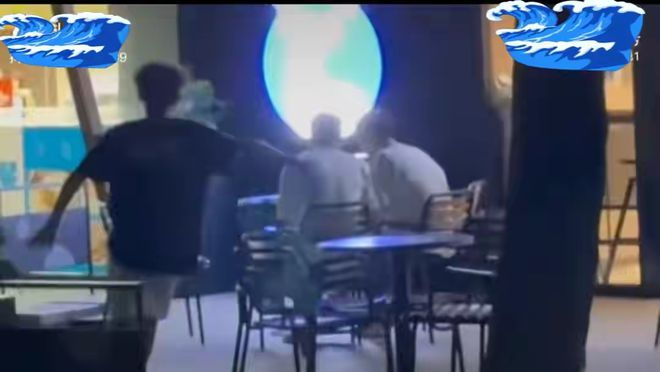
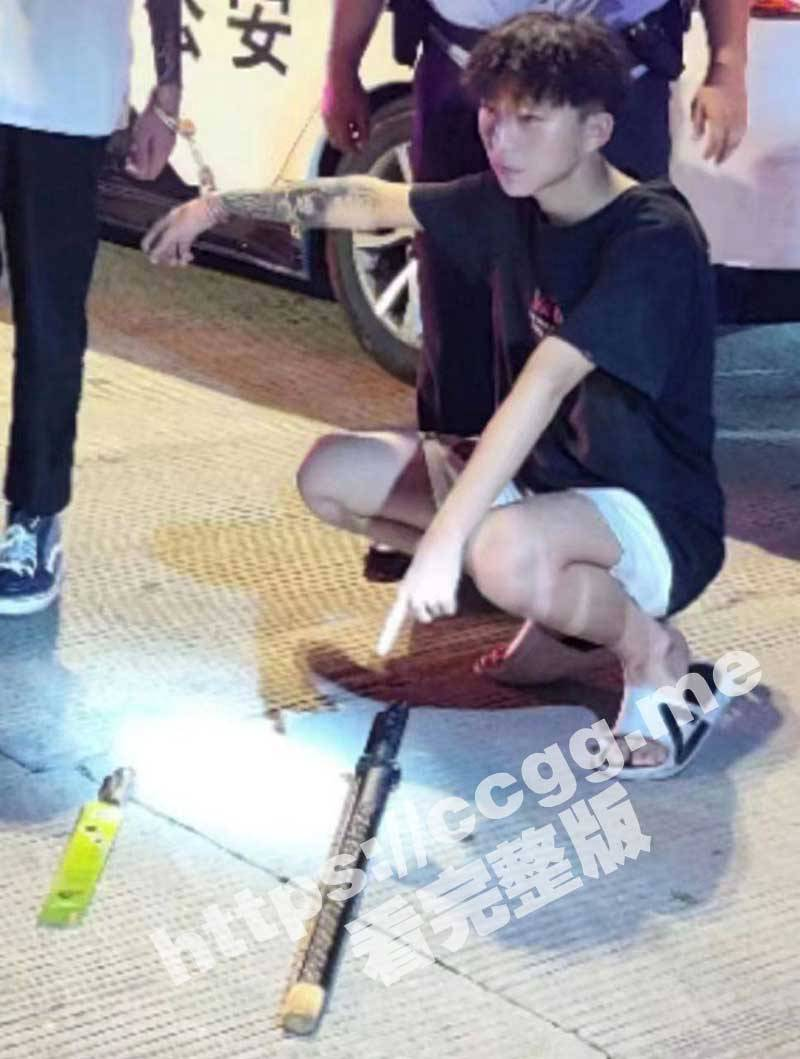

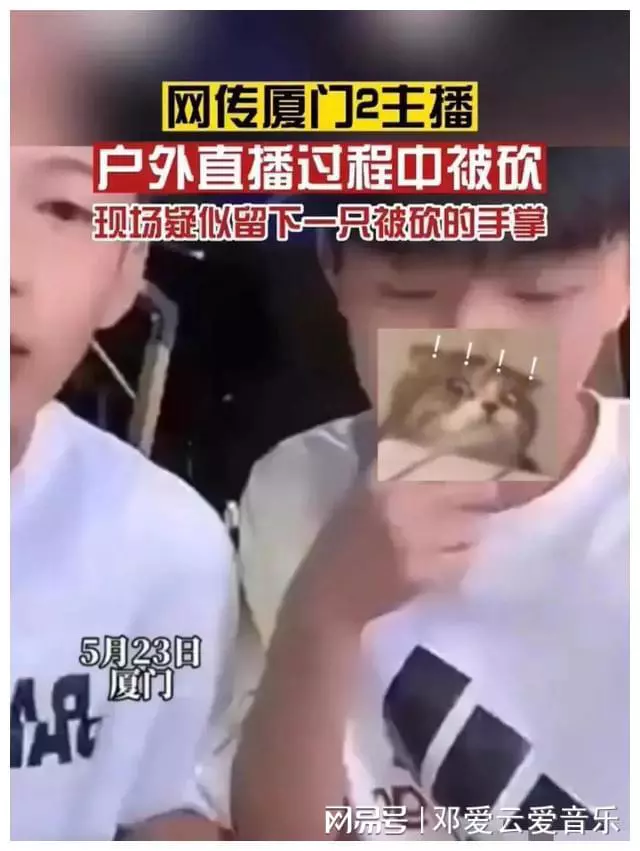
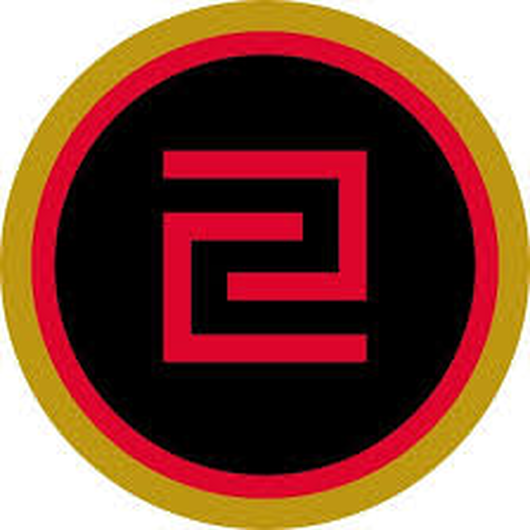
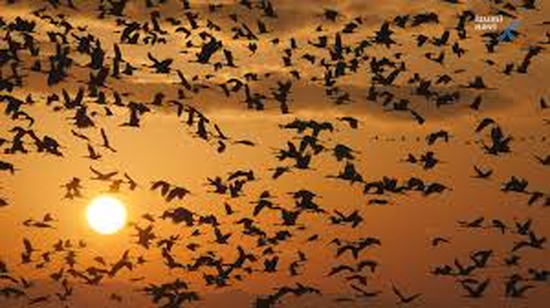
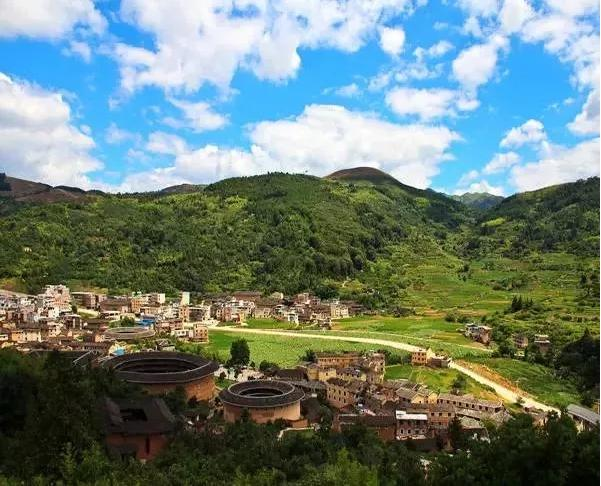
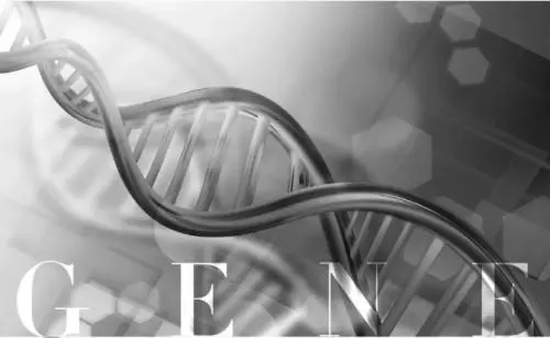
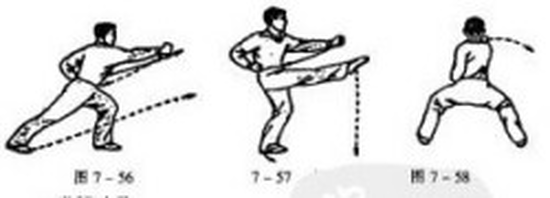
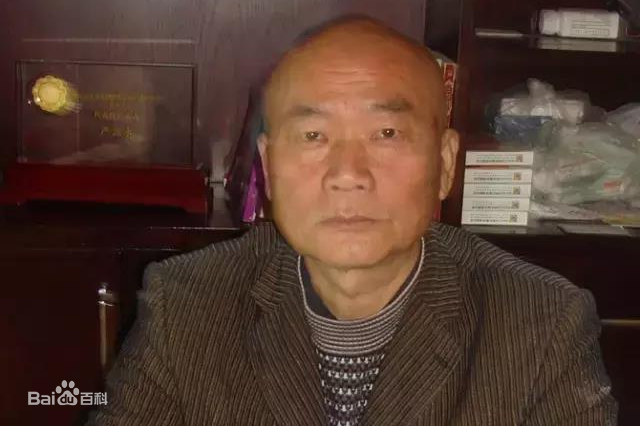
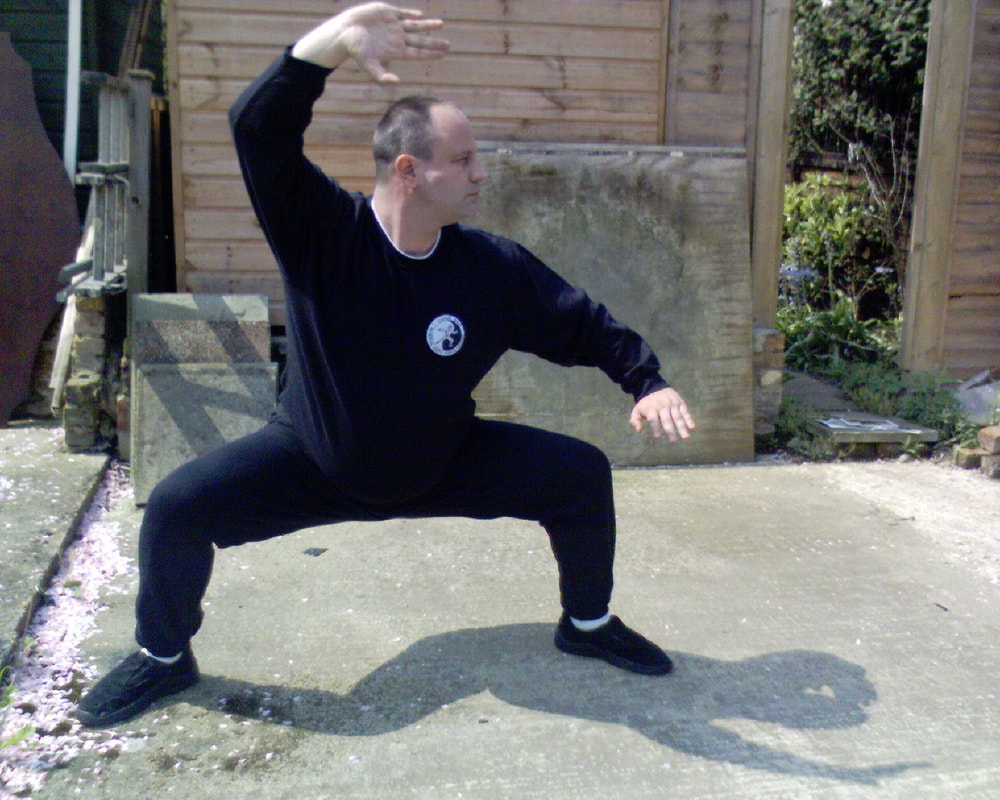
 RSS Feed
RSS Feed